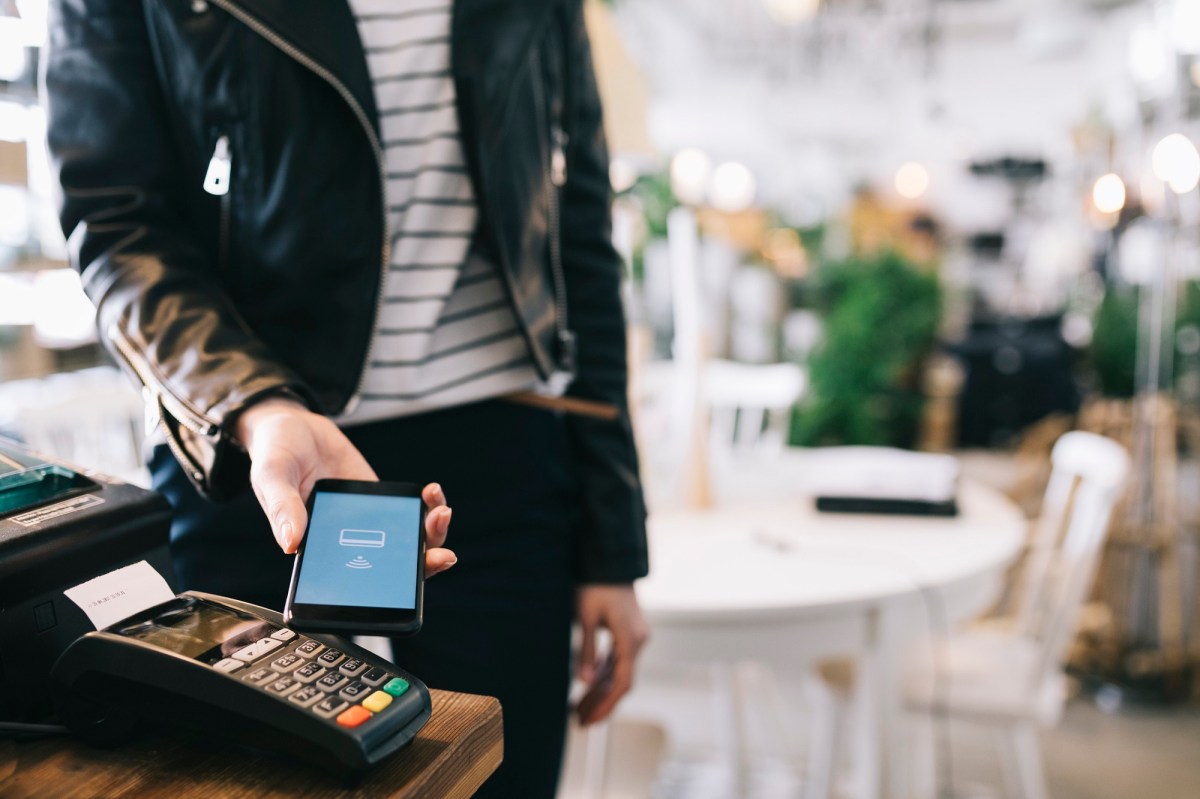One in four businesses are now operating as cashless, compared to just one in 12 this time last year, according to a new report from payments company, Square.
The report, ‘Payments and the Pandemic’, looks at the effects of lockdowns, social distancing and ongoing trading restrictions on consumer and business behaviour in relation to payments over the last 12 months.
Square Australia head of industry and payments, Samina Hussain-Letch said there was a sharp decline in cash use as businesses and consumers became more reluctant to physically handle money at a time when health was a top priority.
“While some regions and industries are starting to see cash pick up in circulation again, we are yet to see it return to pre-pandemic levels,” she said.
Square’s data shows that Victoria saw the most significant rise in the number of cashless businesses operating throughout 2020. While just 5% of the state’s businesses were operating as cashless in February last year, this grew to a peak of 40% in April and then again in August 2020, coinciding with the state’s two lockdown periods.
While the number of cashless businesses in the Northern Territory still doubled over the course of 2020, this region saw the least dramatic shift in businesses turning away from cash.
For consumers, the number of people opting to pay with cash plummeted by more than half throughout the year. In February 2020, 36% of all in-person transactions were made in cash, compared to just 15% by April during the pandemic’s first wave. As of February 2021, cash use had increased a little but only made up 18% of all in-person transactions.
Across the states, Tasmania and the ACT saw the most significant decline in cash use among consumers, while Western Australia and the Northern Territory saw the smallest shift. As of February 2021, Victoria and Western Australia had the lowest rates of cash use in the country (15%), while South Australia and the Northern Territory had the highest (22%).
With online ordering, contactless payments, curbside pickup and no-contact deliveries becoming the norm throughout 2020, Square’s data also shows that the share of Australian businesses accepting online payments on the platform has increased more than 1.5 times over the past year.
“Consumers have become accustomed to the ease and convenience of ecommerce over the course of the pandemic. This is likely a key factor contributing to the continued low levels of people paying with cash, despite restrictions being eased across the country,” payments expert Professor Steve Worthington from Swinburne University Business School said.
“A preference to minimise contact with physical currency is likely to be top of mind for consumers for quite some time. What’s more, with bank branch closures and fewer ATMs available, it has become more difficult to access cash and then to find places to spend it. Combining that with the fact that many businesses favour digital payments for ease of use, speed and security, there’s less incentive for any of us to carry cash now.”

